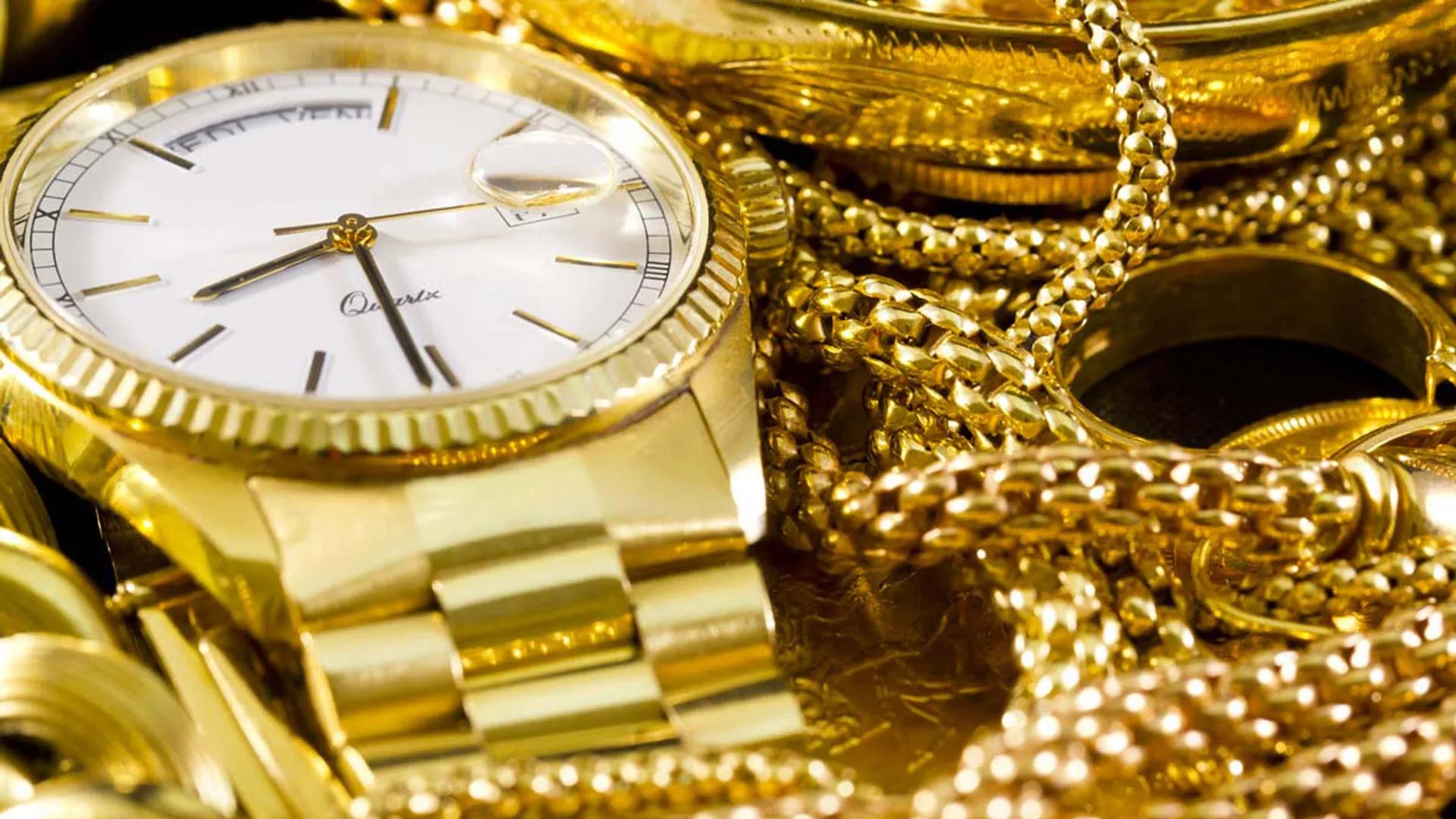But, as anticipated, the examination does not end here. The experts have also introduced indices that aim to analyze the performance of the so-called minor arts: ancient objects, furnishings and sculptures, jewellery, wines and photography. Within the minor arts, the performance of the Jewels sector was analyzed compared to the other minor arts given the particular function of safe haven covered by this segment. The most important segment after painting, in fact, is represented by jewelery and watches, whose auctions stand out for their high average turnovers and which overall account for 14.2% of total revenues. This segment is expected to grow further by MPS experts, given the success that stone and precious auctions in particular are enjoying on all continental markets.
Conclusions: the weight between the various segments seems destined to change again, with a strengthening of the minor arts which show, in the last calendar year alone and in all categories, better performances, in terms of percentage changes, compared to the MPS Global Painting Art Index.
The MPS Jewels index summarizes the performance of jewellery, watch and precious stone auctions in the most important international centres: Geneva, London, New York and Hong Kong. The segment shows the most interesting growth rates of the minor arts sector, with a progress of 160.8% in the last 5 years.
In comparison with the MPS Arti Minori Index Without Jewels, the success of jewels is evident, which at the moment confirm themselves as an excellent safe haven, with a performance estimated at +10.0% (last data taken into consideration in the study).
Jewelery also turns out to be a rather "liquid" asset, at least for high-quality pieces: the auctions considered demonstrate that signed or antique jewelery is a safe investment. In addition to diamonds, natural (untreated) stones and natural (uncultured) pearls remain highly appreciated. The success of the segment can be attributed to two main reasons: 1) jewelery is seen as a safe haven asset; 2) the value of the underlying (gold, silver, diamond...) has grown significantly in this period of recession.
Of course, it is not automatic to sell a jewel, but no more than a painting. The unsold rates recorded in the last five semesters, note the analysts of the Sienese bank, settle in the region of the average rates of the five-year period (average rate per lot 21.4%, for value 17.6%), and below the peaks achieved in 2010: in the last two years the market seems to have found a sustainable balance for supply and demand.
Compared to the past, the demand for precious stones is concentrated more on superior quality diamonds, stones with particular colors such as Burmese for rubies, Kashmir for sapphires and Colombian (Muso) for emeralds.
In the New York market, large-carat white diamonds are especially appreciated, as are large colored stones and colored diamonds. Jewels from the 1920s and 1950s are very popular in both the old and new continents. The English market is more oriented towards cushion cut diamonds due to their particular shine and charm. In Italy, there is an ever-increasing interest in vintage jewellery, thanks to a consolidated goldsmith tradition which has produced high quality manufacturing, design and proportions. The internationally known brands add value to the jewel through refined designs and perfect workmanship.
Finally, there is no shortage of advice for those who decide to embark on an investment in diamonds. It is necessary, explain the experts, to evaluate the so-called 4 Cs: color (Color), purity (Clarity), cut (Cut) and carat (Carat). Furthermore, proportions, fluorescence and polishing should not be overlooked.
The fine jewelery market is summarized in a series of graphs. The return of the MPS Jewels Market Value Index over the entire observation period is decidedly positive (+63.5%) and higher than the other national stock market indices considered, all in negative territory: SMI (-4.9%), CAC 40 ( -36.7%)** and Ftse Mib (-54.5%) with the exception of the S&P 500 (+2.7%).
The stock market investment in luxury jewelery appears to be the only positive one compared to the major representative indices of the 4 countries that contribute, with their companies, to the definition of the MPS Jewels Market Value Index (Damiani and Bulgari for Italy, LVMH, Hermès and Dior for France, Richemont for Switzerland and Tiffany & Co. for the United States).
Be careful, though: there is no shortage of dangers. The luxury jewelery segment, the study continues, is subjected to numerous threats: 1) increasingly strong interest in substitute goods intended to satisfy psycho-physical well-being (e.g. travel, SPAs, gyms, etc.); 2) greater demand for fashion industry productions especially from younger people, attracted by less prohibitive prices and innovative features; 3) preference for fashion products rather than value products; 4) strong seasonality of sales in some periods of the year (for Christmas and Valentine's Day jewellery); 5) risk of counterfeiting; 6) reputational risk (for example when production is decentralized abroad); 7) change in consumer taste, often sudden and unmotivated. High unemployment rates and tax rate levels in emerging markets are factors that can influence demand. Furthermore, the products of the luxury market have the nature of secondary goods and this makes them susceptible to the surrounding macroeconomic situation, making it necessary to constantly strengthen and relaunch the brand.
Also for this reason in recent months the performance of the MPS Jewels Market Value Index has been affected by the difficulty of the financial markets (-20.5%), but the performances of all the other indices have also been negative, oscillating from -31.9% of Ftse Mib at -10.7% of the S&P500.
However, the overall performance of the MPS Jewels Market Value Index was mainly affected by LVMH (approximately -19%) and Richemont (approximately -23%), which together account for approximately 70%. over the entire index.
The growth of the Bulgari stock (approximately +50%) following the takeover bid launched by LVMH is of little significance to the performance of the index, due to its limited weight on the aggregate (approximately 4.5%).


